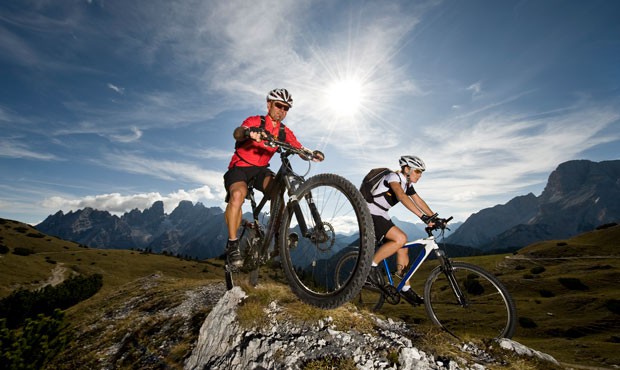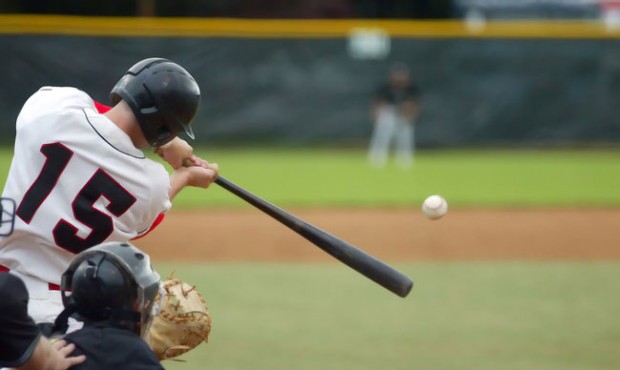Hitting the ball like a PGA pro
Jan 23, 2015, 3:03 PM | Updated: Jan 29, 2015, 6:16 pm

As Phoenicians welcome over a half of a million people to the Phoenix Waste Management Open, golf lovers find renewed inspiration to improve their game. This year’s players have a wide variety of workouts. Bubba Watson considers cross training a key to his success. Phil Mickelson works out an average of four days a week for 75 minute sessions. People say Tiger Woods is obsessed with working out. Whether you want to add distance to your drive or avoid an injury, basic rules still apply.
According to Physician, Martin Benoit, MD, of the Banner CORE Center for Orthopedics, golfers commonly sustain back injuries and should, as with other athletes, warm up before starting to play.
“This includes a period of stretching to allow muscles to heat-up and become more flexible.” says Dr. Benoit
Stretch
The most widely used stretch by both Weekend Warriors and Pro Golfers is simply pulling a knee up towards the chest to stretch out back muscles. Taking a few minutes to warm up increases flexibility and helps promote a fluid, full golf swing. In fact, golf legend, Greg Norman includes this and a few more stretches in his fitness routine.
Strengthen
World Golf Hall of Famer Gary Player keeps playing golf into his seventies by including sit-ups into his workout routine. Sit-ups or modified sit-ups strengthen the core for more power and stability when swinging the club. A strong ‘core’ means more than having ‘six pack abs.’ A balanced workout should also include upper and lower back exercises.
Check your footwear
One of the most overlooked ways to reduce golf injuries involves footwear. Golfers usually wear cleats or another type of shoe providing a firm stance, transferring all moments of force from your swing to your back.
Swapping cleats for shoes will allow room for slight movement when over-swinging or making a bad pass at the ball. For example, consider wearing cross-trainer or tennis shoes. This eliminates much of the stress on your back. It may also slightly change the path of the ball, but it’s certainly preferable to chronic back problems.
As always, check with your doctor if you experience soreness that persists for more than two or three days. Back pain accompanied by numbness, tingling, or weakness in the legs is an indication of possible disc injury. Pain radiating down the leg could be potentially dangerous and should be checked by an orthopedic specialist.
To schedule an appointment, please call 855-595-8224 or visit our website at BannerCOREcenter.com
to assess your knee and hip pain with our free online assessment.









Comments